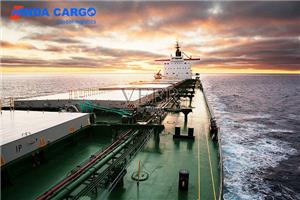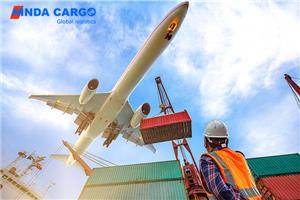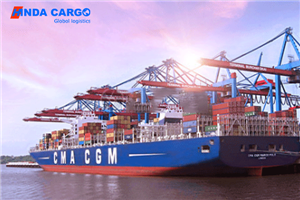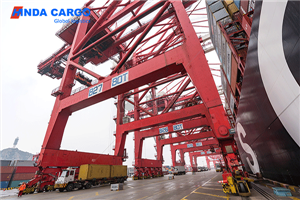Buy Supply ocean cargo containers shipping Company Factory
ocean cargo containers shipping
Supply ocean cargo Company
This fundamental mismatch between supply and demand can lead to serious structural inefficiency and adversely affect all market participants. Freight rates remain volatile. False bookings usually account for 20-25% of the total deadweight of ships. Technology providers have been addressing the inefficiency of the quoting and booking process by creating faster and more transparent execution. However, should we now expect the electronic platform to meet the demand of spot shippers for safe capacity, predictable rates and service levels, as well as carrier demand for high passenger capacity, predictable revenue and opportunities for differentiated services?
The mismatch between the supply and demand structure of shipping exacerbates the distortion of the spot market, even outside the usual peak season.
The situation is complicated. The ship procurement and network planning activities of seaborne carriers aim to bring long-term stability to the trade service model and to plan an efficient supply chain on this basis. However, once the ship is deployed, the only option for ocean transport companies to adjust supply to meet changes in demand is difficult and often suboptimal: adjust the ship's port time or port rotation, cancel the voyage, or in extreme cases, Berth the ship to take out a complete string.
September 2008 was also important for shipping, and there was another reason: it was the last time that the price of a large tanker, vlcc, 's vessel capable of carrying 2 million barrels of crude oil, had reached today's high prices. VLCC interest rates have risen so much in recent days that the industry has actually returned to pre-Lehman (lehman) levels.
The Baltic pollution tanker index ((Baltic Dirty), which covers crude oil tankers, rose another 119 points to 1561 on October 10. Trade routes from the Middle East Gulf to Asia are estimated to cost between $158000 and $162000 a day, with the cost of individual orders much higher.
Shipping From China To Sweden By Sea Ai
ocean cargo containers Factory
The person who answers the phone is usually an exhausted employee who sits in the cubicle of a freight forwarding company near a busy airport in southern China.
The clerk will write down the details and turn out piles of documents from the huge filing cabinets from the floor to the ceiling. This may take several days of phone calls and emails to cross the time zone until the shipment is confirmed.
In many ways, logistics in Asia is "a land forgotten by time", says Ms Hsieh Shu-Wei (Ivy Tse), a Hong Kong entrepreneur. Xie Shuwei believes this is an opportunity to bring the industry into the era of Internet and cloud computing.
Both groups of revenue streams, "revenue from operations" and "fees and commissions", fell in the third quarter, from July to September 2019. Revenue fell 31.59% from a year earlier to 3.34 billion yuan ($467.55 million), while fees and commissions fell 40.98% to 9.33 billion yuan ($1.39 million).
The "investment income" item on the income statement, including investment income in associates and joint ventures, also does not look good. Cosco Shipping Development Co., Ltd. reported a 49.44% drop in investment income, which was 286.6 million yuan ($40.9 million) at the end of the fourth quarter, the final result of an absolute drop in investment income of $39.2 million.
Shipping From China To Albania By Sea Air
Buy ocean container shipping
In the third quarter of 2019, "cost of sales" fell 32.35% from a year earlier to 3.27 billion yuan ($457.56 million). There are many developments in many of the "cost of sales" subprojects in the income statement. The key is "operating costs", which fell 38.18 per cent in the three months to September 2019 compared with the same period a year earlier.During the reporting period, the Group's operating costs were 2.38 billion yuan (US $339.8 million), an absolute reduction of 1.47 billion yuan (US $205.62 million). The group also saved about 167.43 million yuan ($23.42 million) in financial costs this quarter compared with the same period last year.
Decarbonization momentum is growing in the global shipping industry, and while the shipping industry is looking for future zero-carbon fuels, significant progress is being made in reducing actual carbon dioxide emissions from each transport container.
The socially responsible Corporate Clean Freight working Group (BSR) is a leading data provider for measuring and reporting the environmental performance of carbon dioxide emissions from marine transport enterprises, with the latest data showing that emissions have declined over the past four years.
Since 2015, 17 major carriers, which account for 80 per cent of container transport, have reduced carbon dioxide emissions per container by 9.6 per cent, according to Clean Freight calculations. BSR noted that clean freight members have made progress in achieving the IMO (IMO) target of halving shipping carbon dioxide emissions by 2050.




